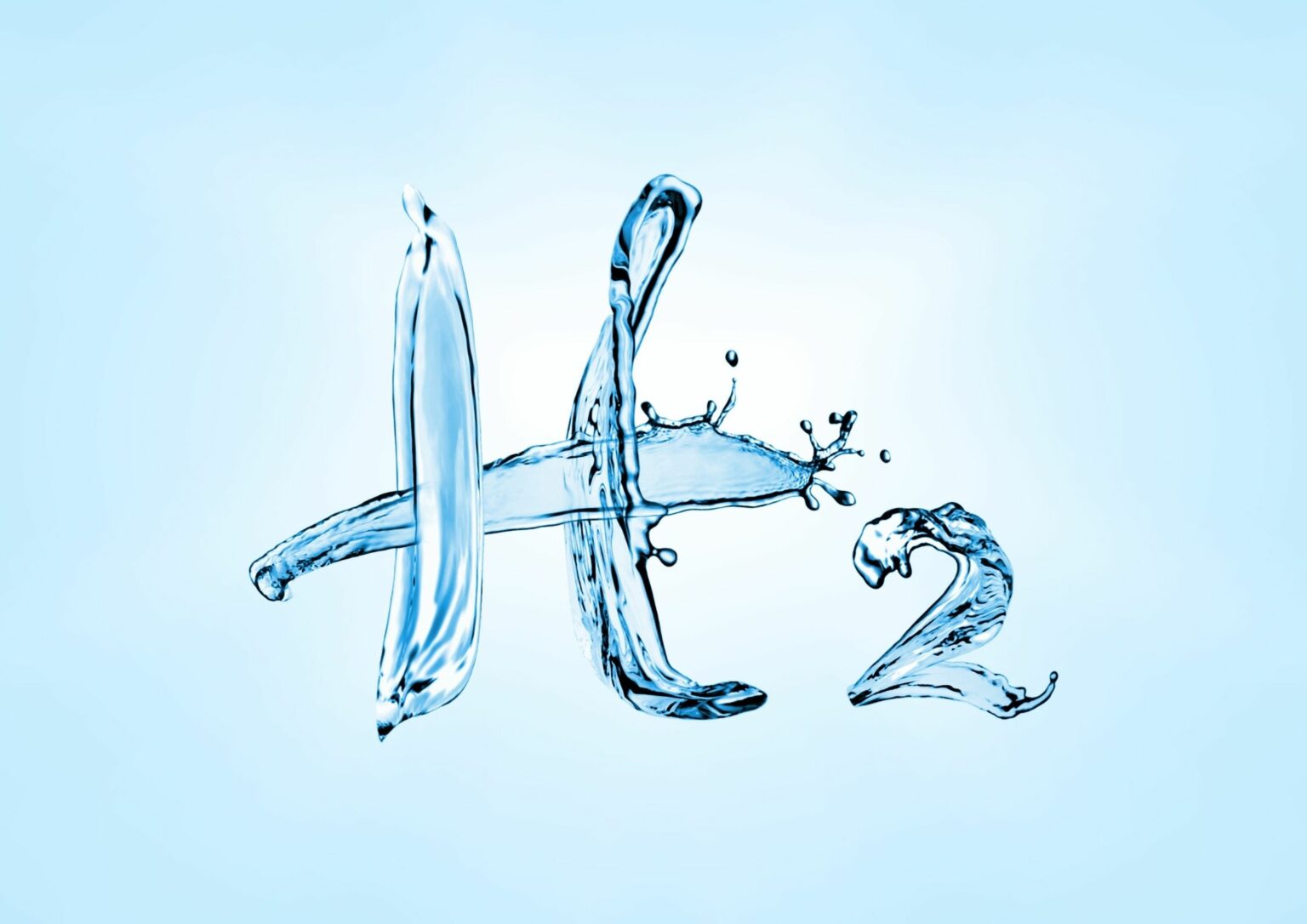Researchers at Worcester Polytechnic Institute (WPI) have unveiled a material with the potential to not only remove urea from water but also convert it into hydrogen gas.
Led by Xiaowei Teng, the James H. Manning professor of Chemical Engineering at WPI, the team crafted materials composed of nickel and cobalt atoms with meticulously tailored electronic structures. This innovation allows transition metal oxides and hydroxides to selectively oxidize urea in an electrochemical reaction, marking a significant stride towards sustainable water management and on-demand hydrogen production.
Urea, commonly used as a low-cost nitrogen agricultural fertilizer, poses environmental challenges when present in water. Agricultural runoff and wastewater discharge rich in urea contribute to eutrophication, causing harmful algal blooms and hypoxic dead zones that adversely affect aquatic ecosystems and human health.
Simultaneously, urea holds promise as a hydrogen storage medium. Its non-toxic nature, high water solubility, and substantial hydrogen content make it an attractive candidate for on-demand hydrogen production. The goal is to efficiently harness urea’s potential for hydrogen while addressing its detrimental impact on water quality.
The key innovation lies in the development of electrocatalysts consisting of synergistically interacted nickel and cobalt atoms with unique electronic structures. By tailoring these structures, the researchers achieved enhanced electrochemical activity and selectivity for urea oxidation. The electronic configuration, particularly the dominant Ni2+ and Co3+ species, proved pivotal in improving selectivity, minimizing unwanted water oxidation, and maximizing urea electro-oxidation.
The breakthrough offers a solution to the challenge of removing urea from water, contributing to environmental remediation. By selectively oxidizing urea, the technology aids in maintaining water quality, addressing the adverse effects of urea-rich runoff and discharge.
The potential to efficiently produce hydrogen fuel from urea in waste streams is a transformative outcome. The electrolysis process, enabled by the developed electrocatalysts, opens avenues for sustainable and energy-efficient hydrogen production.
The team’s approach of utilizing nickel and cobalt atoms with tailored electronic structures addresses this challenge, unlocking urea’s potential for hydrogen production while minimizing undesirable side reactions.
The findings not only hold promise for transforming waste streams rich in urea into a valuable resource for hydrogen production but also contribute to a sustainable water-energy nexus. The technology presents an opportunity to revolutionize the relationship between water and energy, paving the way for ecological sustainability.
Beyond the laboratory, the application of this technology in sequestering urea from water can have far-reaching consequences for long-term ecological sustainability. The ability to efficiently utilize urea for hydrogen production aligns with global efforts towards cleaner energy alternatives.
